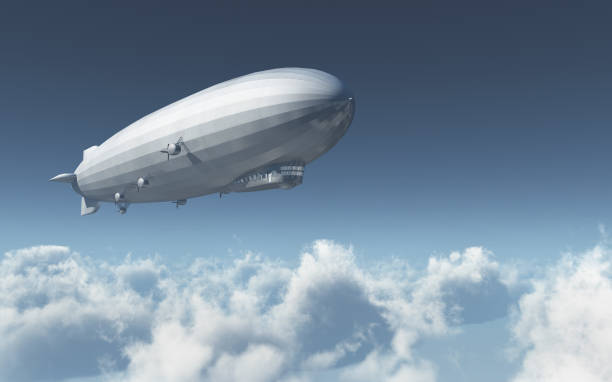Pioneering the Skies: The Resurgence of Zeppelin Travel
Soaring high above the clouds, the silhouette of a Zeppelin airship evokes images of a bygone era. Once considered the future of air travel, the Zeppelin's popularity waned following the Hindenburg disaster in the 1930s. However, this grand mode of transportation is experiencing a resurgence, offering a unique and luxurious perspective on exploring our world.

A Historical Perspective
The Zeppelin, named after its inventor Count Ferdinand von Zeppelin, first took to the skies in the early 20th century. These airships were heralded as a revolutionary form of transport, combining the speed of an airplane with the comfort and luxury of a cruise ship. However, the rise of commercial aviation and the tragic Hindenburg disaster led to the decline of Zeppelin travel. Fast forward to the 21st century, and we’re seeing a revival of these iconic airships, as they adapt to modern transportation needs and environmental considerations.
The Resurgence and Current Trends
The re-emergence of Zeppelin travel is driven by several factors. First, the desire for unique and immersive travel experiences has increased. Modern Zeppelins offer an unparalleled panoramic view of the landscape below, creating a sense of connection with the environment. Secondly, advances in technology have made these airships safer and more efficient. Today’s Zeppelins use non-flammable helium and high-tech navigation systems, enhancing their safety and reliability.
Advantages and Challenges
Zeppelin travel provides several unique advantages. The airships offer a slower, more relaxed mode of travel, allowing passengers to fully appreciate the journey itself. Zeppelins are also more environmentally friendly than airplanes, producing fewer greenhouse gases and noise pollution.
However, there are also challenges associated with this form of travel. The slower speed of Zeppelins limits their practicality for long distances. Additionally, the high operational costs can make it an expensive option.
Practical Considerations
- Zeppelin flights typically operate on calm weather days to ensure a smooth ride.
- Most modern Zeppelins can carry about a dozen passengers, making it a more intimate travel experience.
- While there are limited commercial Zeppelin services, many offer charter flights for special events or sightseeing tours.
Final Thoughts
The resurgence of Zeppelin travel offers a nostalgic and immersive travel experience. While it may not replace conventional air travel, it certainly provides a unique perspective on our world. Today’s Zeppelins, with their advancements in safety and efficiency, are carving out their niche in the modern travel landscape, offering a captivating blend of history, luxury, and sustainability. So, next time you’re planning an adventure, why not consider taking to the skies in a Zeppelin?





